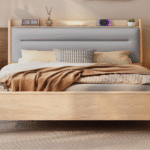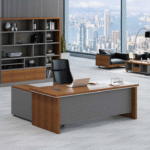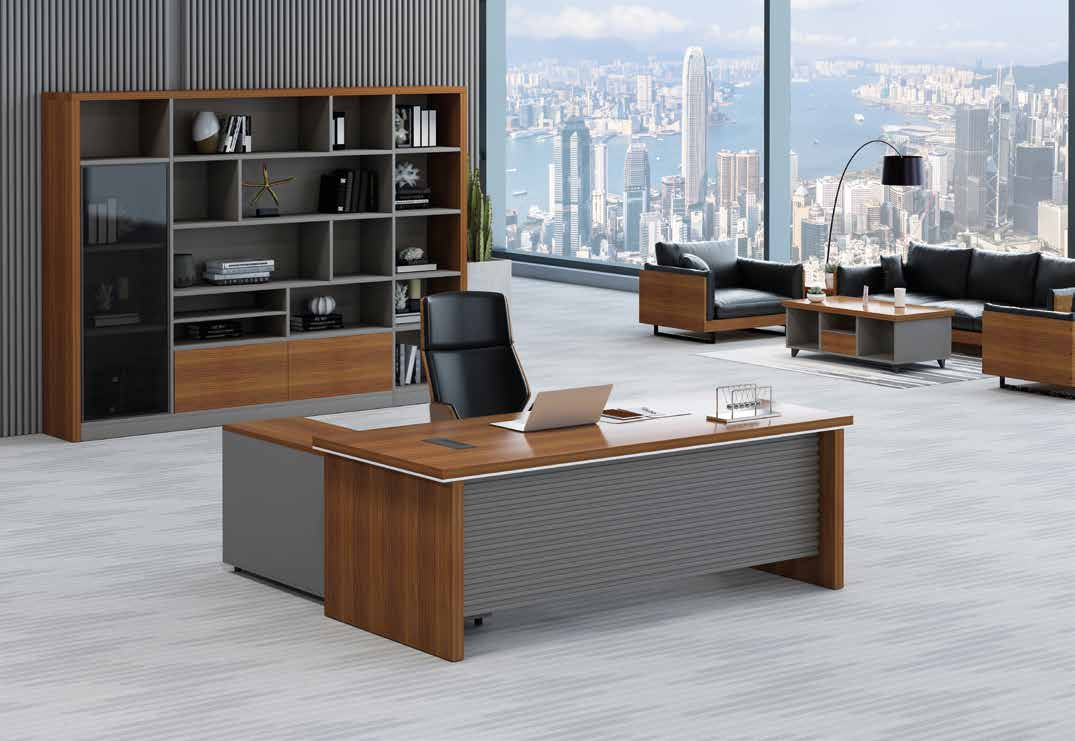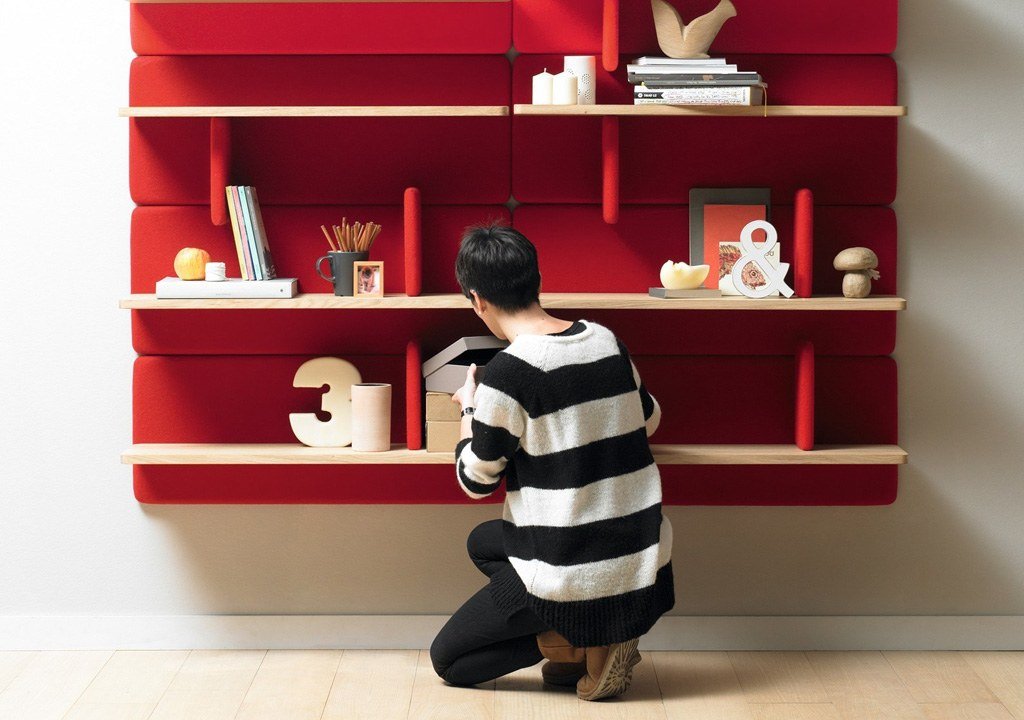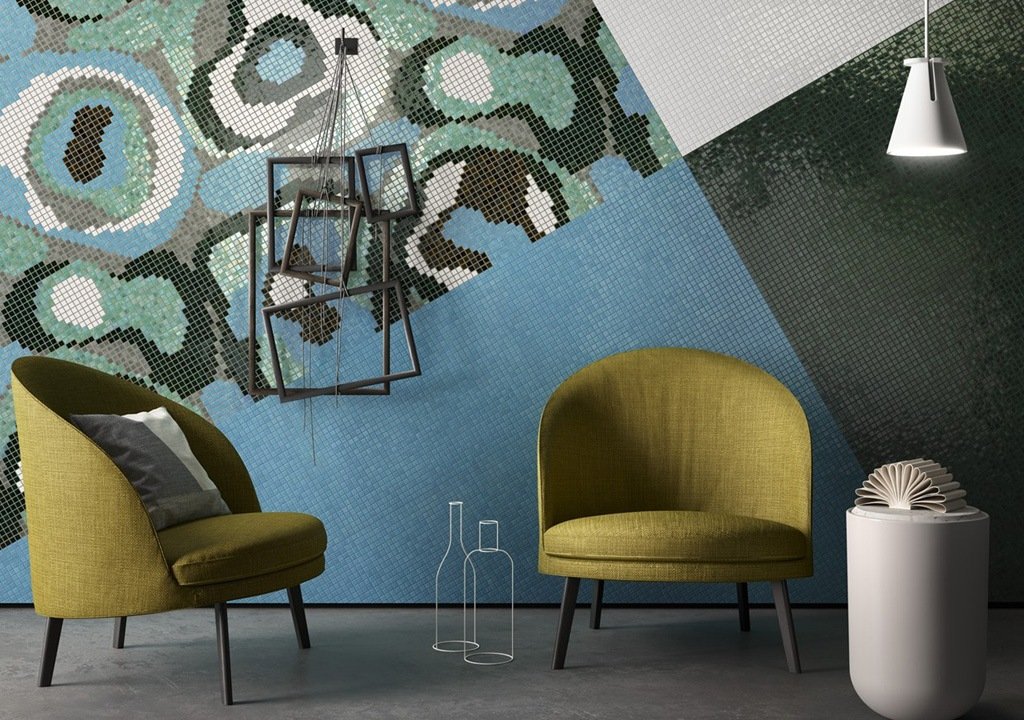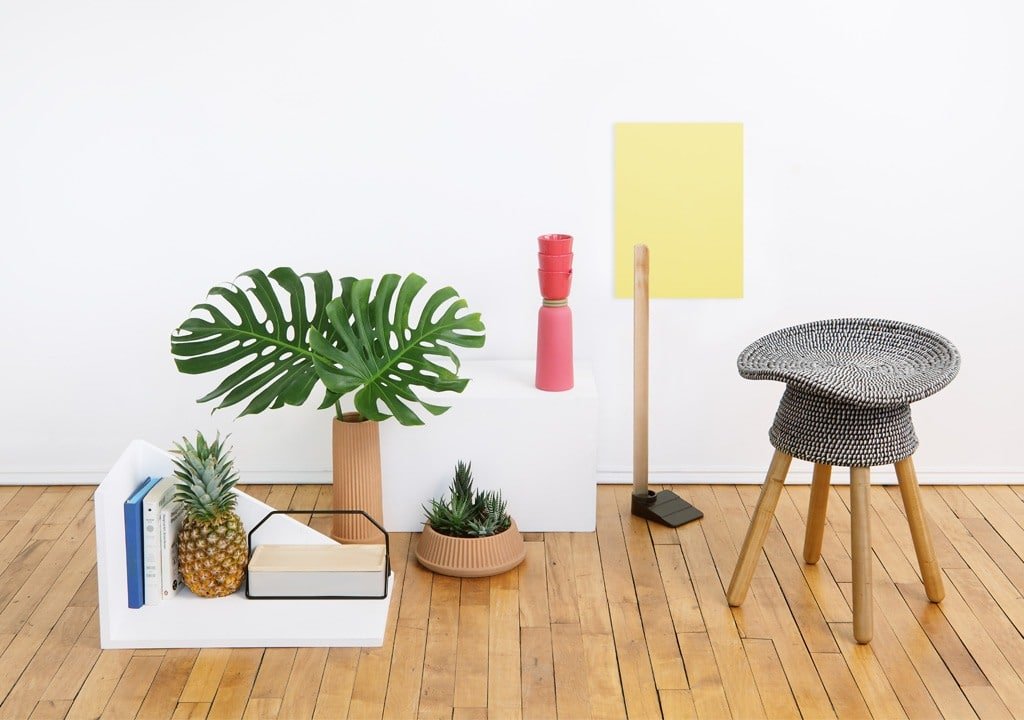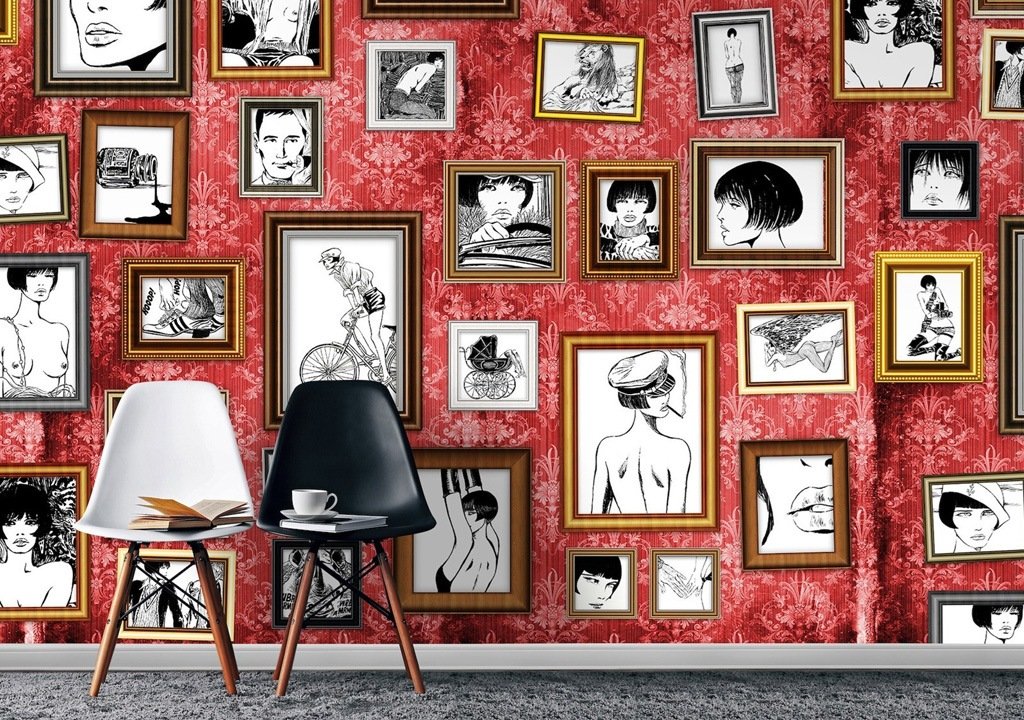Exploring Space Philosophy and Life Wisdom in Chinese Bed Feng Shui

In traditional Chinese culture, a bed is never just an ordinary piece of furniture. As the habitat for one third of human life, the bed occupies a central position in the feng shui system, becoming an important medium connecting heaven, earth and man. The Feng Shui doctrine of traditional Chinese beds and couches, while appearing to be a practical guide to the arrangement of furniture, contains the philosophical thinking of the ancients on the order of space and the ultimate concern for the quality of life. This unique wisdom of linking everyday objects with the laws of the universe constitutes a typical embodiment of the Chinese culture of ‘carrying the Tao through objects’.
Traditional Chinese beds and couches have undergone a long and rich evolution. From the low-slung ‘couch’ of the Shang and Zhou Dynasties, to the ‘bed’ of the Han Dynasty, which could be used for both sitting and lying, to the beautifully carved beds of the Ming and Qing Dynasties, the beds of each period reflected the social culture and aesthetic preferences of the time. Chinese history records in detail the shape and use of various types of beds, reflecting the fine attention paid to the sleeping environment at that time. These historical evolutions not only demonstrate the development of furniture craftsmanship, but also reflect the deepening understanding of the sleeping space by the Chinese.
Deep Sleep Realm - Bed
A sit tellus a curabitur ornare consectetur laoreet eget nec amet lorem porta montes suspendisse integer a ut montes suspendisse posuere faucibus vehicula suspendisse laoreet id tortor suscipit. Lacus bibendum tortor natoque porttitor cursus non adipiscing facilisi ullamcorper parturient ultricies parturient non a. Ac ullamcorper a ultrices a a urna ac commodo nam condimentum parturient. Libero suspendisse facilisis parturient elementum curabitur. Erat a per dis aliquet ultricies curabitur nostra suspendisse nec adipiscing donec vestibulum a parturient a ac ut non adipiscing penatibus nec erat.
Bed material selection
The choice of material for the bed also carries deep cultural connotations in feng shui. Traditional Chinese beds are made of solid wood, especially nanmu, rosewood, pear and other hardwood is expensive, not only because of its durability, but also because the wood is regarded as a material with vitality, can be connected with the human body breath. Qing Dynasty health practitioner Cao Tingdong in the ‘old old constant’ pointed out that: ‘the bed should be used cedar, take its pine through’, reflecting the importance of the material permeability. The hardness of the mattress is ‘not too soft, not too hard, neutral,’ and Chinese medicine, ‘the middle way,’ the concept of health care is the same. These criteria for material selection reflect the Chinese philosophy of pursuing the ‘unity of man and nature’, i.e., maintaining a harmonious relationship with nature through everyday objects.
The traditional Chinese feng shui theory of beds contains universal wisdom that transcends the times
In modern urban life, traditional bed feng shui faces the dual challenges of spatial constraints and lifestyle changes. The bedroom layout of high-rise buildings, the widespread use of new materials, and the popularity of Western bedding have all made it necessary to creatively transform the ancient principles of Feng Shui. Interestingly, some contemporary cutting-edge architectural designs have instead rediscovered the value of traditional Feng Shui wisdom. Japanese architect Kengo Kuma put forward the concept of ‘negative architecture’, emphasising the integration of architecture and the environment, which coincides with the Chinese idea of Feng Shui; the Western ‘bio-architecture’ on the relationship between natural materials and human health research, but also confirms the foresight of the traditional choice of materials. This kind of resonance between ancient and modern China and foreign countries suggests that the traditional Chinese bed and couch feng shui doctrine contains universal wisdom that transcends the times.
Living Room Sofa Layout Programme
Chinese living room sofa layout scheme
1. Traditional enclosed layout
Core idea: reflect the Chinese ‘reunion’ culture, create a warm communication atmosphere.
Layout:
Symmetry of the main seat: 3+2+1 combination, the main sofa (3-person seat) against the wall, with a single chair or circle chairs on both sides, forming a U-shaped enclosure.
Centre coffee table: square or round solid wood coffee table in the middle, height and sofa armrests flush, easy to get things.
Details: sofa placed between the porcelain pier or rattan side table, increase the sense of hierarchy.
Applicable scene: large traditional Chinese / new Chinese style, suitable for family gatherings.
2. Modern minimalist L-type layout
Core idea: efficient use of space, taking into account the meeting and leisure.
Layout:
Corner design: the L-shaped sofa is placed against the wall, with a single lazy sofa or footrest to form an open corner.
Lightweight side table: replace the bulky coffee table with a side table with storage function to save space.
The art of white space: reserve a place for greenery or floor lamp to avoid crowding.
Applicable scenes: small and medium-sized modern style, young families or office workers.
Tea room integration layout
Core idea: to meet the dual needs of hospitality and tea.
Layout:
Sofa + tea table combination: short sofa side to the balcony, with liftable tea table (instead of coffee table), tea table side with futon.
Flexible seating: two Ming chairs are placed next to the tea table, convenient for switching the mode of meeting guests and drinking.
Storage design: the sofa back wall is equipped with a multi-pocket, displaying tea utensils and artefacts.
Scenario: Tea culture enthusiasts or families who often receive friends and relatives.





